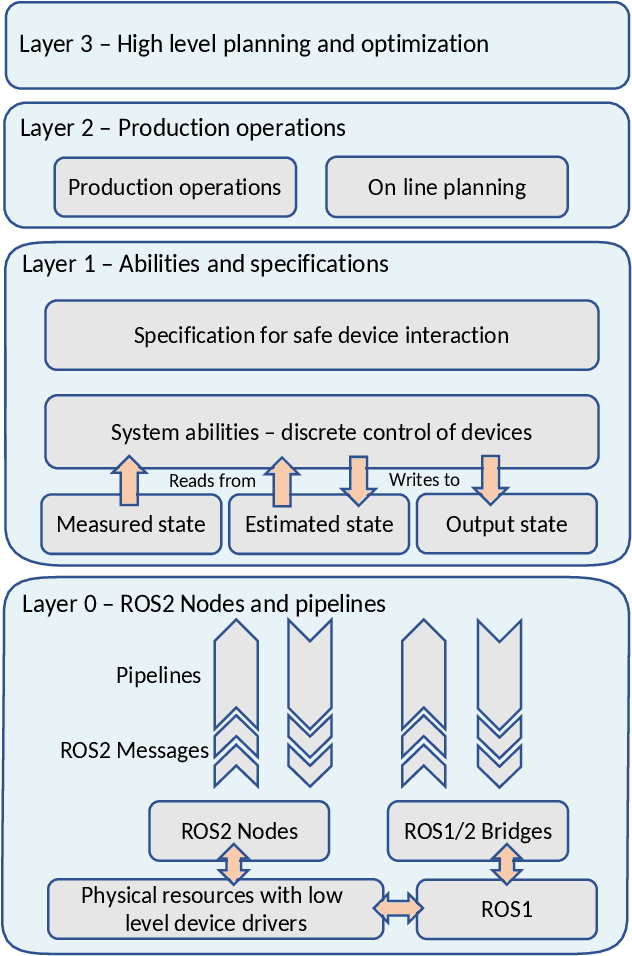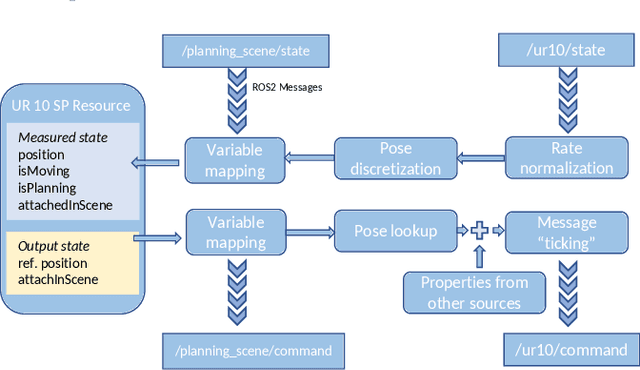Martin Dahl
Over-the-Air Federated Learning with Phase Noise: Analysis and Countermeasures
Jan 16, 2024Abstract:Wirelessly connected devices can collaborately train a machine learning model using federated learning, where the aggregation of model updates occurs using over-the-air computation. Carrier frequency offset caused by imprecise clocks in devices will cause the phase of the over-the-air channel to drift randomly, such that late symbols in a coherence block are transmitted with lower quality than early symbols. To mitigate the effect of degrading symbol quality, we propose a scheme where one of the permutations Roll, Flip and Sort are applied on gradients before transmission. Through simulations we show that the permutations can both improve and degrade learning performance. Furthermore, we derive the expectation and variance of the gradient estimate, which is shown to grow exponentially with the number of symbols in a coherence block.
Decentralized Learning over Wireless Networks: The Effect of Broadcast with Random Access
May 12, 2023Abstract:In this work, we focus on the communication aspect of decentralized learning, which involves multiple agents training a shared machine learning model using decentralized stochastic gradient descent (D-SGD) over distributed data. In particular, we investigate the impact of broadcast transmission and probabilistic random access policy on the convergence performance of D-SGD, considering the broadcast nature of wireless channels and the link dynamics in the communication topology. Our results demonstrate that optimizing the access probability to maximize the expected number of successful links is a highly effective strategy for accelerating the system convergence.
A ROS2 based communication architecture for control in collaborative and intelligent automation systems
May 23, 2019



Abstract:Collaborative robots are becoming part of intelligent automation systems in modern industry. Development and control of such systems differs from traditional automation methods and consequently leads to new challenges. Thankfully, Robot Operating System (ROS) provides a communication platform and a vast variety of tools and utilities that can aid that development. However, it is hard to use ROS in large-scale automation systems due to communication issues in a distributed setup, hence the development of ROS2. In this paper, a ROS2 based communication architecture is presented together with an industrial use-case of a collaborative and intelligent automation system.
Sequence Planner - Automated Planning and Control for ROS2-based Collaborative and Intelligent Automation Systems
Mar 14, 2019



Abstract:Systems based on the Robot Operating System (ROS) are easy to extend with new on-line algorithms and devices. However, there is relatively little support for coordinating a large number of heterogeneous sub-systems. In this paper we propose an architecture to model and control collaborative and intelligent automation systems in a hierarchical fashion.
 Add to Chrome
Add to Chrome Add to Firefox
Add to Firefox Add to Edge
Add to Edge